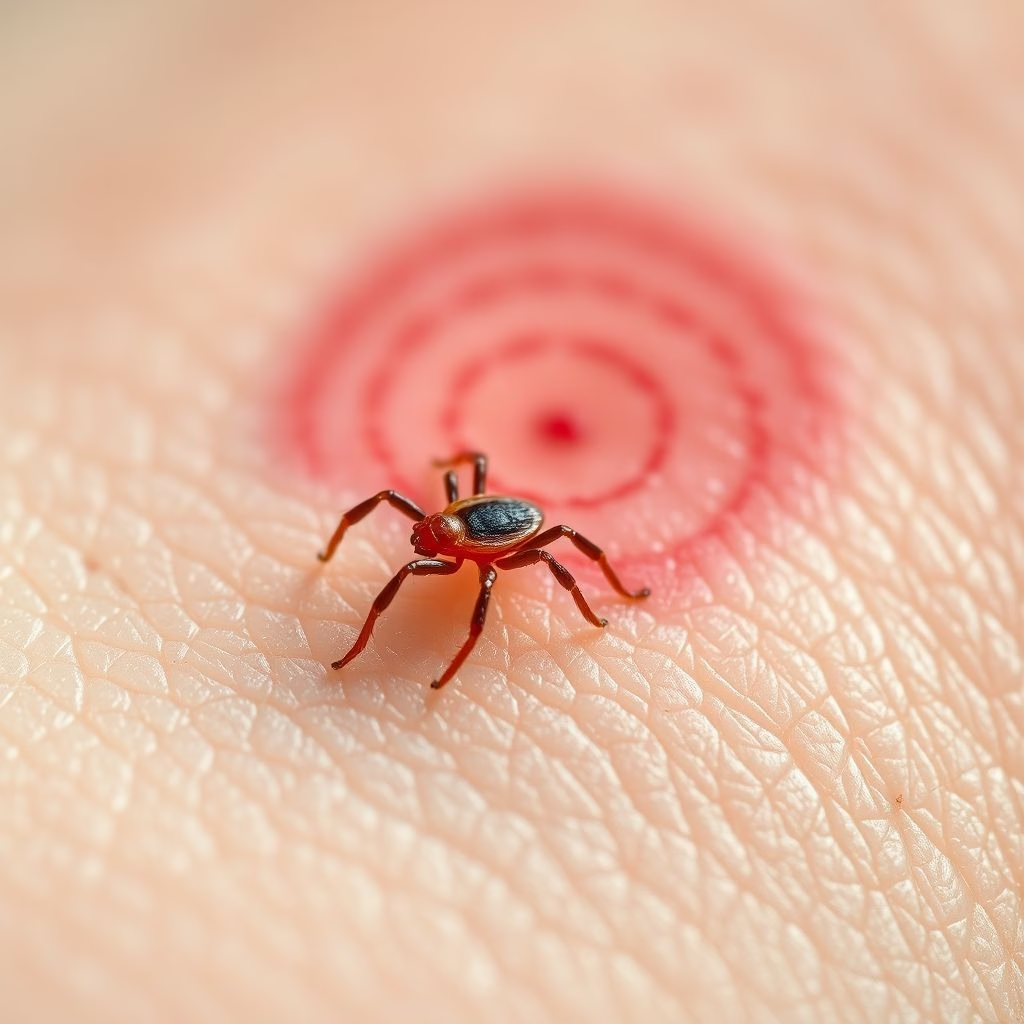Lyme Disease: Understanding the Tick-Borne Threat

Lyme Disease: What You Need to Know
Lyme disease, a bacterial infection transmitted to humans, poses a significant health concern, especially in certain geographic regions. This blog post aims to provide a comprehensive overview of Lyme disease, including its causes, symptoms, prevalence, and the importance of early diagnosis and treatment.
The Culprit: Bacteria and Ticks
At the heart of Lyme disease is a bacterium belonging to the Borrelia genus. The disease is primarily transmitted through the bite of infected black-legged ticks, also known as deer ticks. These tiny creatures become carriers after feeding on infected animals, such as deer and rodents. Once a tick bites a human, the bacteria can be transmitted, potentially leading to illness.
Recognizing the Signs: Symptoms of Lyme Disease
Symptoms of Lyme disease can be varied, and some individuals may not experience all of them. However, one of the most recognizable signs is a characteristic bull’s-eye rash, known as erythema migrans. This rash typically appears at the site of the tick bite and gradually expands outward. It’s crucial to note that not everyone infected with Lyme disease will develop this rash. Other early symptoms often mimic the flu and may include fever, chills, headache, fatigue, and muscle and joint aches.
If left untreated, Lyme disease can progress, potentially affecting the joints, heart, and nervous system. This can lead to more severe and chronic symptoms. Therefore, early detection and treatment are vital.
Geographic Prevalence: Where is Lyme Disease Most Common?
Lyme disease isn’t equally distributed across the globe. The disease is most prevalent in specific areas of the United States, Europe, and Canada. In the U.S., the upper Midwest, Northeast, and mid-Atlantic states report the highest numbers of cases. In fact, states like New York, Pennsylvania, and Massachusetts are often mentioned in relation to Lyme disease prevalence. In Canada, certain regions also see a higher incidence of the disease. Across the Atlantic, parts of Europe also grapple with Lyme disease.
The Importance of Early Intervention
Early diagnosis and treatment with antibiotics are critical for effectively managing Lyme disease. Symptoms typically appear within 3 to 30 days after a tick bite. When Lyme disease is caught early, treatment with antibiotics is usually successful in eliminating the infection and preventing long-term complications. If the disease is not treated promptly, the bacteria can spread to other parts of the body, potentially leading to more serious health problems.
Protecting Yourself from Lyme Disease
Preventing tick bites is the best way to avoid Lyme disease. Here are some tips:
- When in wooded or grassy areas, use insect repellents containing DEET, picaridin, or other tick-repelling ingredients.
- Wear long sleeves and pants tucked into socks.
- After being outdoors, check your body and clothing for ticks.
- If you find a tick, remove it promptly using fine-tipped tweezers.
- If you develop any symptoms of Lyme disease, see a doctor immediately.
Understanding the risks and taking appropriate precautions are essential to staying healthy and enjoying the outdoors safely, especially in areas where Lyme disease is prevalent. Always consult a medical professional for diagnosis and treatment.




